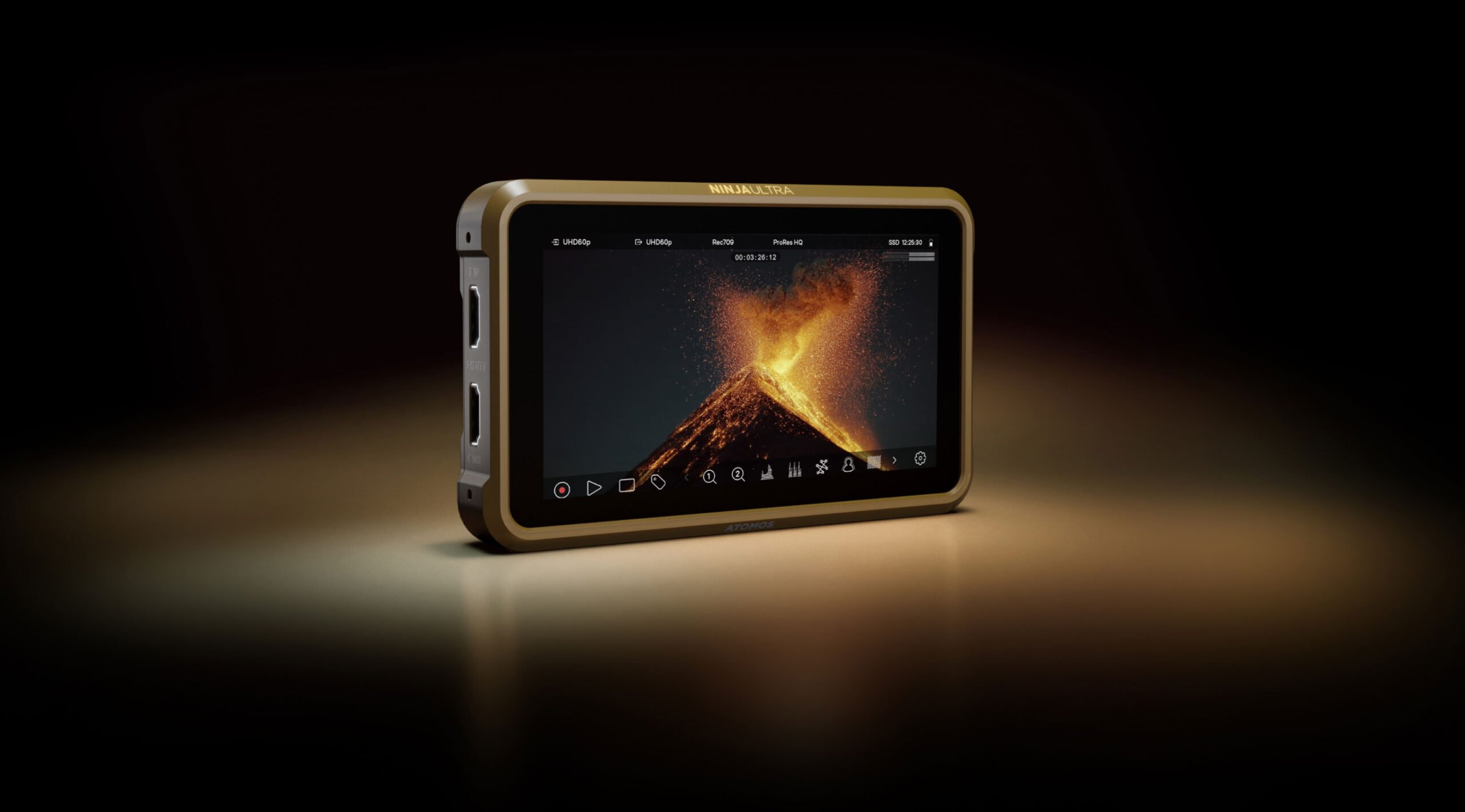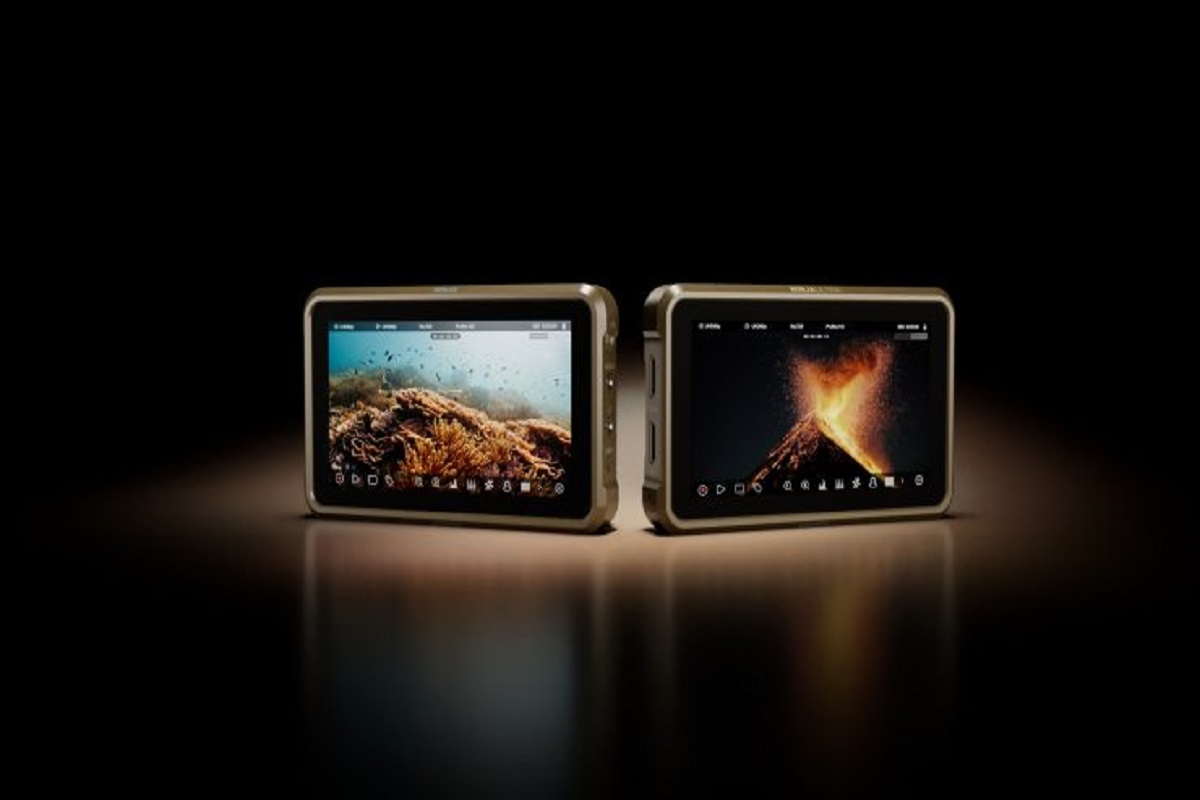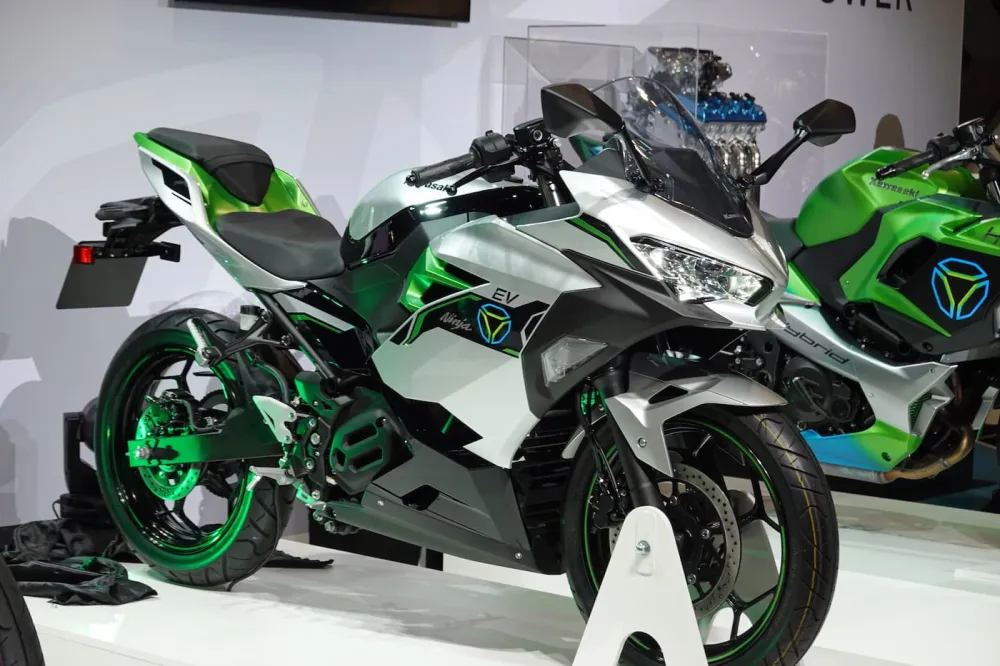Atomos’ Ninja and Ninja Ultra have received a significant update since their debut in 2010. Back then, having a monitor/recorder capable of capturing ProRes to a removable SSD was considered groundbreaking for feature shooters.

While many cameras can now internally record in 4:2:2 10-bit and higher codecs, external recorders/monitors remain in demand, especially among mirrorless hybrids and budget digital cinema cameras lacking internal RAW recording capabilities.
The new Ninja and Ninja Ultra feature a distinctive ‘camo’ colored polycarbonate body and offer 6K ProRes RAW, ProRes, DNxHD, and H.265 codecs.
Despite having the same screen and body design as their predecessors, the real changes are inside the device. The new Ninja Ultra focuses on camera-to-cloud technology and Atomos Connect to optimize workflows.
The Apple ProRes codec is ready to use immediately. To activate the H.265 and DNx codecs, visit the my.atomos.com site, register your product, and follow the simple online steps. For Apple ProRes RAW, visit the portal and plug in your RAW-compatible camera, a step that needs to be done only once.
The Atomos Ninja 5.2″ 4K HDMI recording monitor supports DCI 4K HDMI and ProRes RAW up to 6K. It is compatible with existing Atomos monitor accessories.
Highlight Features:
– 1920 x 1080 touchscreen display
– 10-bit external viewable monitor
– 4K HDMI 2.0 input/output
– 6K30 ProRes RAW
– AtomOS 11 operating system
– 1000 cd/m² brightness
– Supports different log formats
– ProRes and DNxHR/HD recording
– Record to Master Caddy II/III hard drive
– L-series battery slot, USB-C port
The Ninja Ultra’s HDMI supports up to DCI 4K at 60 fps in various modes, with select cameras handling 3.5K RAW at 60 fps. Over 55 cameras support RAW recording over HDMI with Ninja Ultra, up to 8K at 30 fps.
The Atomos Ninja Ultra 5.2″ 4K HDMI recording monitor maintains its form factor, compatible with most Atomos monitor accessories. It records up to ProRes RAW 4K 60p while simultaneously recording HD 60p to H.265.

